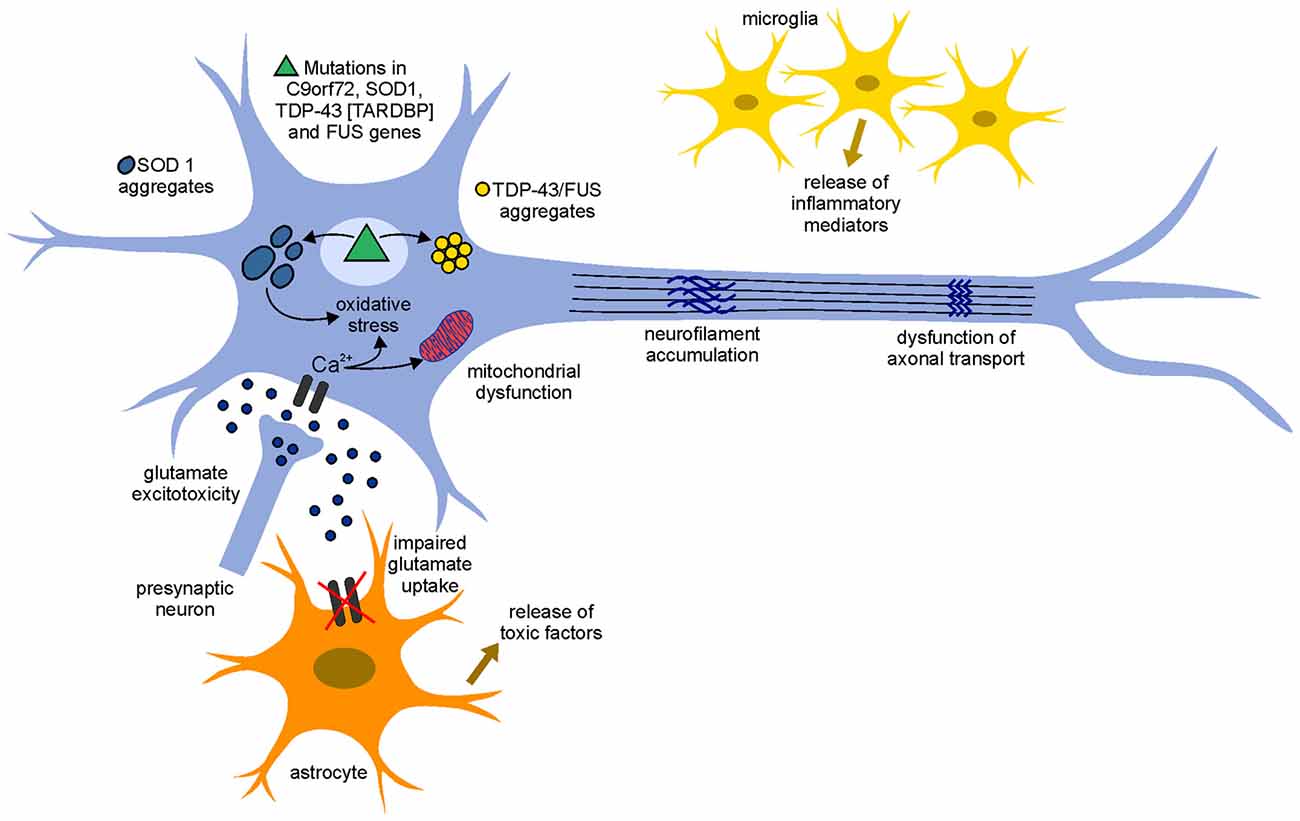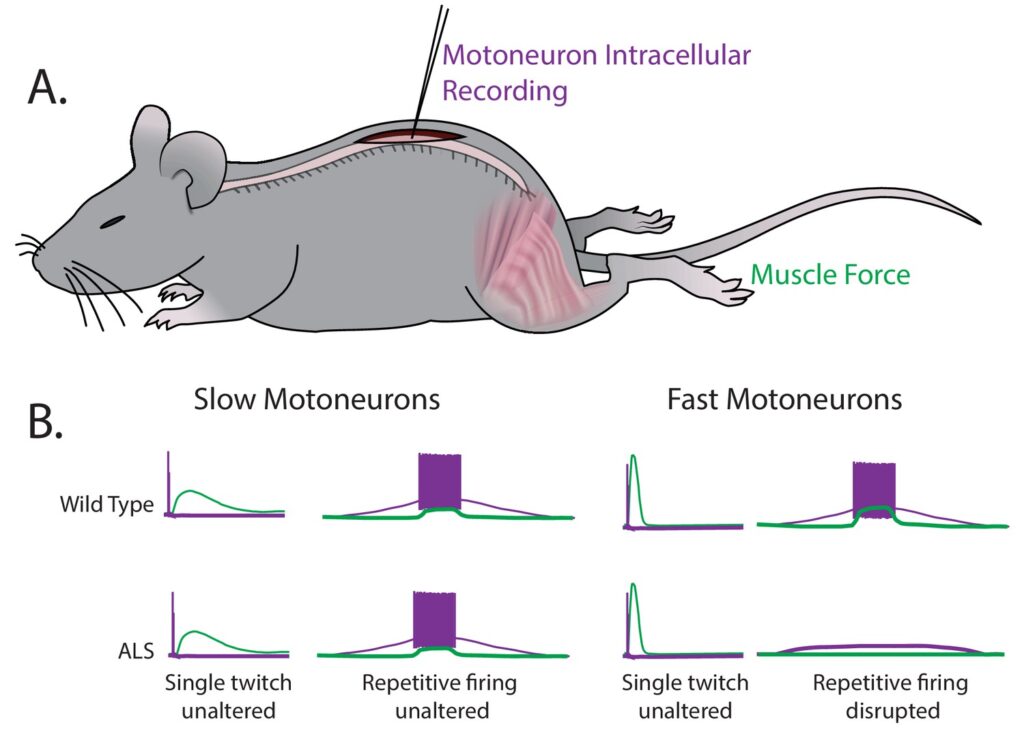Amyotrophic Lateral Sclerosis, commonly abbreviated as ALS, is a progressive neurodegenerative disease that affects nerve cells in the brain and spinal cord. This condition leads to the gradual weakening of muscles, impacting an individual’s ability to move, speak, eat, and even breathe. Despite extensive research, much about this disease remains unknown, making it one of the most challenging medical conditions to diagnose and manage. In this article, we will explore the intricacies of Amyotrophic Lateral Sclerosis, including its causes, symptoms, diagnosis, treatment options, and ongoing research efforts.

Understanding the Disease
Amyotrophic Lateral Sclerosis primarily targets motor neurons, which are responsible for transmitting signals from the brain to the muscles. When these neurons degenerate or die, they can no longer send messages to the muscles, causing them to weaken and waste away. Over time, this leads to a complete loss of voluntary muscle control.
The term “amyotrophic” refers to the wasting away of muscle, while “lateral sclerosis” describes the hardening or scarring of the areas in the spinal cord where the motor neurons are located. The combination of these two processes results in the hallmark symptoms of the disease.
Types of the Condition
There are two main types of Amyotrophic Lateral Sclerosis: sporadic and familial. Sporadic cases account for the majority of diagnoses and occur randomly without any clear genetic link. Familial cases, on the other hand, are inherited and make up a smaller percentage of cases. Understanding the type of the condition can help researchers identify potential risk factors and develop targeted therapies.
Causes and Risk Factors
The exact cause of Amyotrophic Lateral Sclerosis remains unknown, but several factors have been identified that may contribute to its development. These include genetic mutations, environmental influences, and lifestyle factors.
Genetic Mutations
In cases of familial Amyotrophic Lateral Sclerosis, specific gene mutations have been linked to the disease. These mutations can affect proteins involved in motor neuron function, leading to their degeneration. Researchers have identified several genes associated with the condition, including the superoxide dismutase 1 gene, which plays a role in protecting cells from damage.
Environmental Influences
While genetics play a significant role in some cases, environmental factors may also contribute to the development of the disease. Exposure to toxins, heavy metals, and certain chemicals has been suggested as potential triggers. Additionally, head injuries and participation in physically demanding activities have been studied as possible risk factors.
Lifestyle Factors
Although lifestyle factors alone are not believed to cause the condition, they may influence its progression. Smoking, for example, has been identified as a potential risk factor, particularly in women. A healthy diet and regular exercise, on the other hand, may help reduce the risk or slow the progression of symptoms.
Symptoms and Progression
The symptoms of Amyotrophic Lateral Sclerosis vary depending on which motor neurons are affected first. Early signs often include muscle weakness, cramping, and twitching, particularly in the hands, arms, legs, or tongue. As the disease progresses, individuals may experience difficulty with walking, speaking, swallowing, and breathing.
Early Symptoms
- Muscle twitches or fasciculations
- Weakness in the limbs or hands
- Difficulty gripping objects
- Slurred speech
- Unexplained fatigue
These early symptoms can be subtle and may be mistaken for other less serious conditions, leading to delays in diagnosis.
Advanced Symptoms
- Severe muscle weakness and atrophy
- Difficulty swallowing or chewing
- Shortness of breath
- Paralysis
- Cognitive or behavioral changes in some cases
As the disease advances, individuals may require assistive devices such as wheelchairs, feeding tubes, or ventilators to maintain their quality of life.
Diagnosis and Testing
Diagnosing Amyotrophic Lateral Sclerosis can be challenging due to the lack of a single definitive test. Instead, healthcare providers rely on a combination of clinical evaluations, imaging studies, and laboratory tests to rule out other conditions and confirm the diagnosis.
Clinical Evaluation
A thorough medical history and physical examination are essential components of the diagnostic process. During the evaluation, doctors assess muscle strength, reflexes, and coordination. They may also look for signs of muscle wasting or twitching.
Imaging Studies
Magnetic resonance imaging scans are often used to rule out other neurological conditions that mimic the symptoms of the disease. While imaging cannot directly diagnose Amyotrophic Lateral Sclerosis, it can help identify structural abnormalities in the brain or spinal cord.
Laboratory Tests
Blood tests and nerve conduction studies may be performed to evaluate muscle and nerve function. Electromyography, a test that measures the electrical activity of muscles, is particularly useful in detecting abnormalities in motor neurons.
Treatment Options
While there is currently no cure for Amyotrophic Lateral Sclerosis, various treatments can help manage symptoms, improve quality of life, and extend survival. These treatments focus on slowing disease progression, addressing complications, and providing supportive care.
Medications
Riluzole and edaravone are two medications approved by regulatory agencies for the treatment of the condition. Riluzole works by reducing the release of glutamate, a chemical that can damage motor neurons. Edaravone, an antioxidant, helps reduce oxidative stress and slow the progression of symptoms.
Physical and Occupational Therapy
Physical therapy plays a crucial role in maintaining mobility and preventing complications such as muscle contractures and joint stiffness. Occupational therapy focuses on helping individuals adapt to daily activities and use assistive devices effectively.
Speech and Respiratory Support
As the disease progresses, speech therapy can help individuals communicate more effectively. For those experiencing respiratory difficulties, non-invasive ventilation or tracheostomy may be necessary to support breathing.
Ongoing Research and Future Directions
Research into Amyotrophic Lateral Sclerosis is ongoing, with scientists exploring new avenues for understanding the disease and developing innovative treatments. Advances in genetics, stem cell therapy, and neuroprotection offer hope for future breakthroughs.
Genetic Research
Identifying additional genetic mutations associated with the disease could lead to the development of targeted therapies. Gene-editing technologies, such as CRISPR, hold promise for correcting mutations that contribute to motor neuron degeneration.
Stem Cell Therapy
Stem cell research aims to replace damaged motor neurons with healthy ones. While still in experimental stages, this approach has shown potential in animal models and early human trials.
Neuroprotective Strategies
Researchers are investigating ways to protect motor neurons from damage and promote their survival. This includes studying the role of inflammation, oxidative stress, and protein aggregation in the disease process.
Living with the Condition
Living with Amyotrophic Lateral Sclerosis presents numerous challenges, both physical and emotional. However, with the right support and resources, individuals can maintain a sense of independence and dignity.
Emotional and Psychological Support
The emotional toll of the disease can be significant, affecting not only the individual but also their family and caregivers. Counseling, support groups, and mental health services can provide valuable assistance in coping with the psychological impact.
Assistive Technology
Advances in technology have made it easier for individuals with the condition to communicate and interact with their environment. Devices such as eye-tracking systems and voice amplifiers enable people to stay connected despite physical limitations.
Caregiver Support
Caregivers play a vital role in the lives of those with the disease. Providing education, training, and respite care for caregivers ensures that they can continue to offer high-quality support while managing their own well-being.





